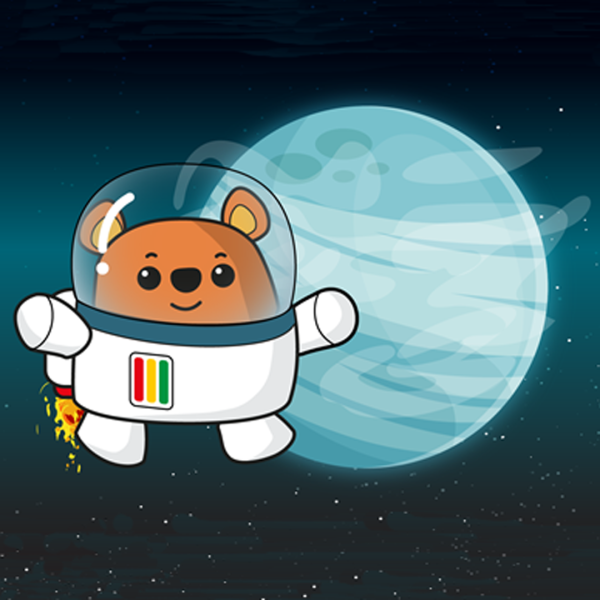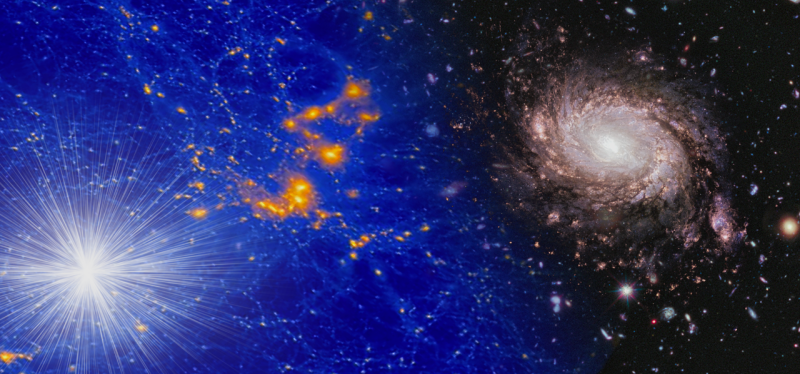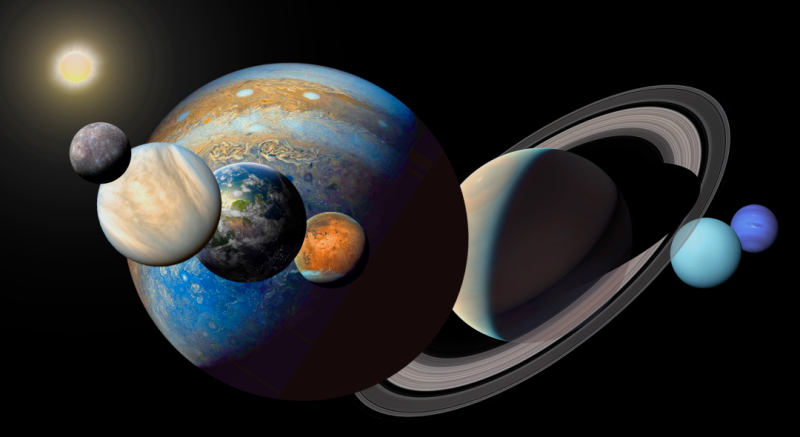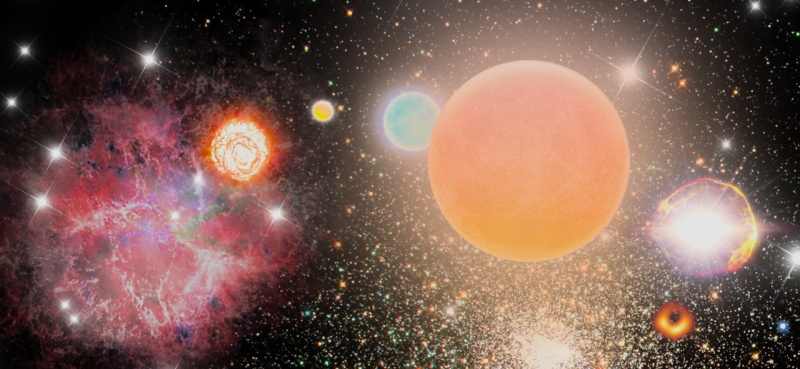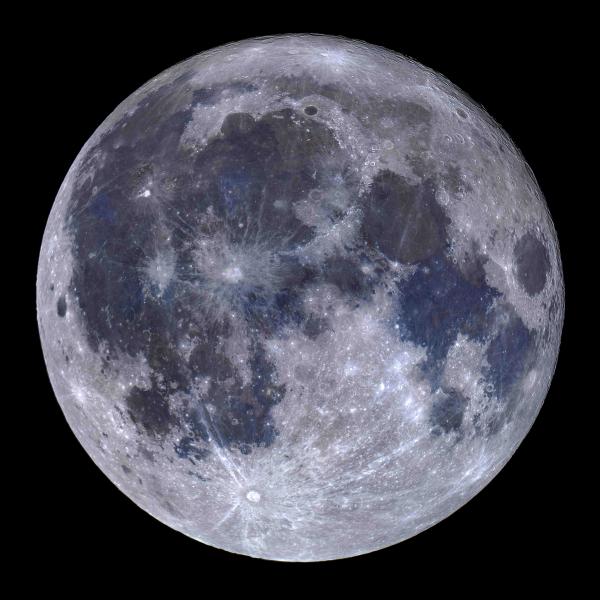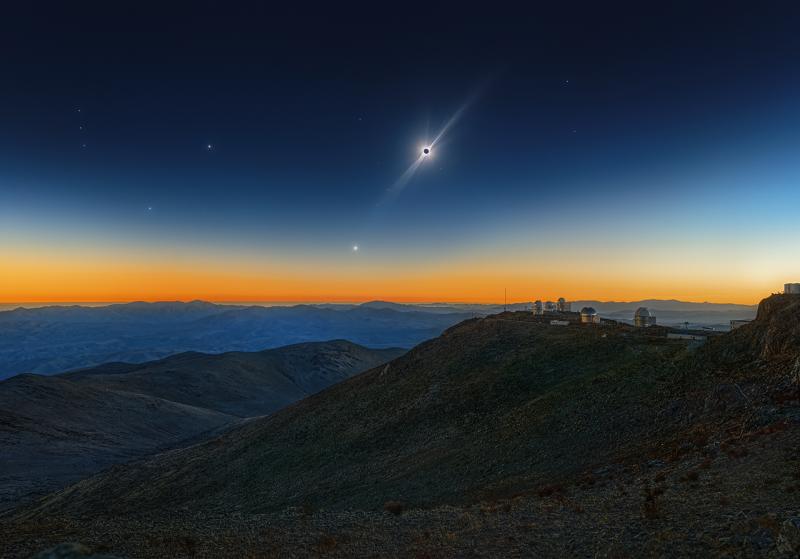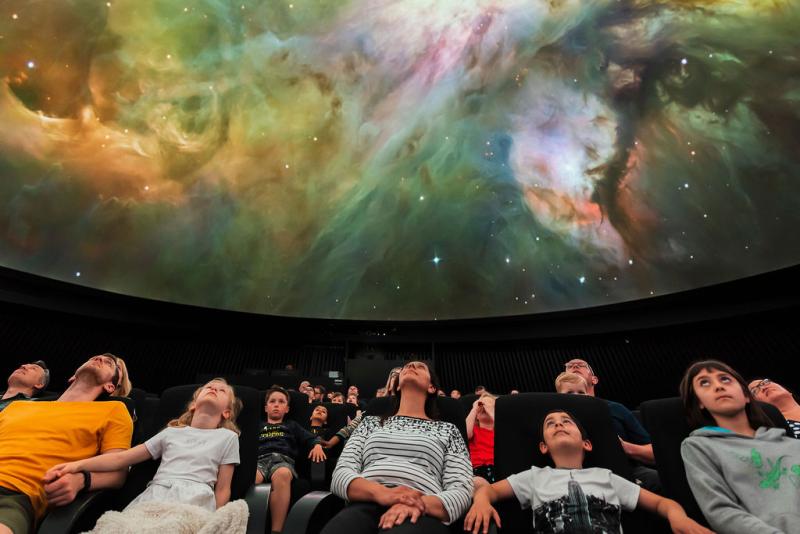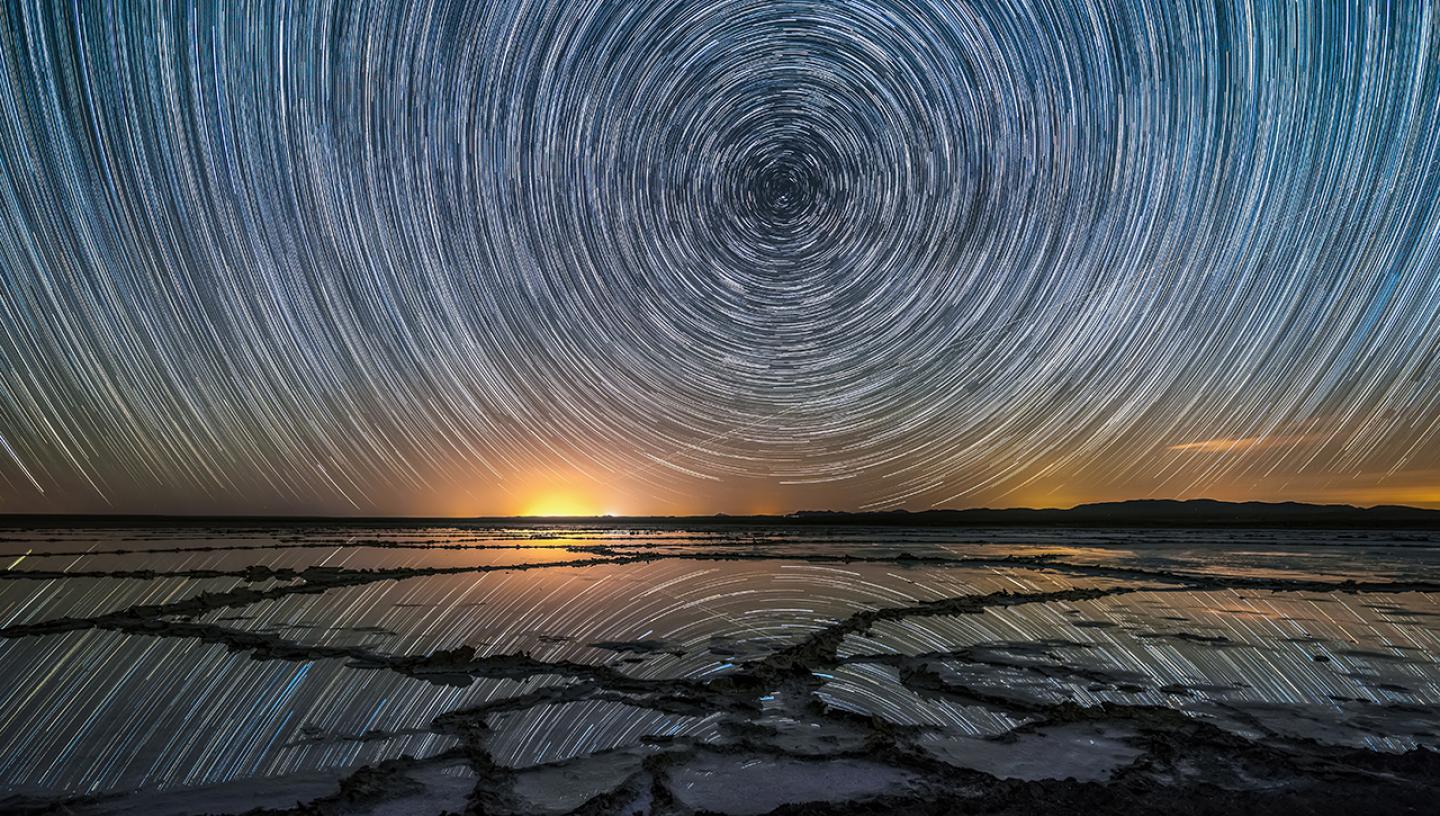
Discover what to see in the night sky in June 2021, including Draco the Dragon and the Strawberry Moon. As an added bonus, there's a partial solar eclipse to enjoy too.
Top 3 things to see in the sky in June
- Throughout the month - Find the dragon in the night sky
- 10 June - Don't miss the partial solar eclipse taking place during the day
- 24 June - It's the Strawberry full moon
(Details given are for London and may vary for other parts of the UK)
Look Up! Podcast
Subscribe and listen to the Royal Observatory Greenwich's podcast Look Up! As well as taking you through what to see in the night sky each month, Royal Observatory Greenwich astronomers pick a topic to talk about.
For June, they're talking about the hum in interstellar space that Voyager 1 has detected and they're chatting about the Perseverance rover's successful first production of Oxygen on Mars.
Have a listen below, then vote for your favourite story from this episode on our Twitter poll (@ROGAstronomers) during the first week of the month.
Our podcast is available on iTunes and SoundCloud
Astronomy in June 2021: key events and what to see
It’s relatively well known that in some arctic regions there are weeks (and even months) where the Sun does not set, but did you know that the UK will not experience proper ‘astronomical’ night for the entirety of June? This is because the Sun will not dip far enough below the horizon for the sky to darken beyond to true night and will instead remain in what is called ‘astronomical twilight’.
Throughout the month: Draco the Dragon
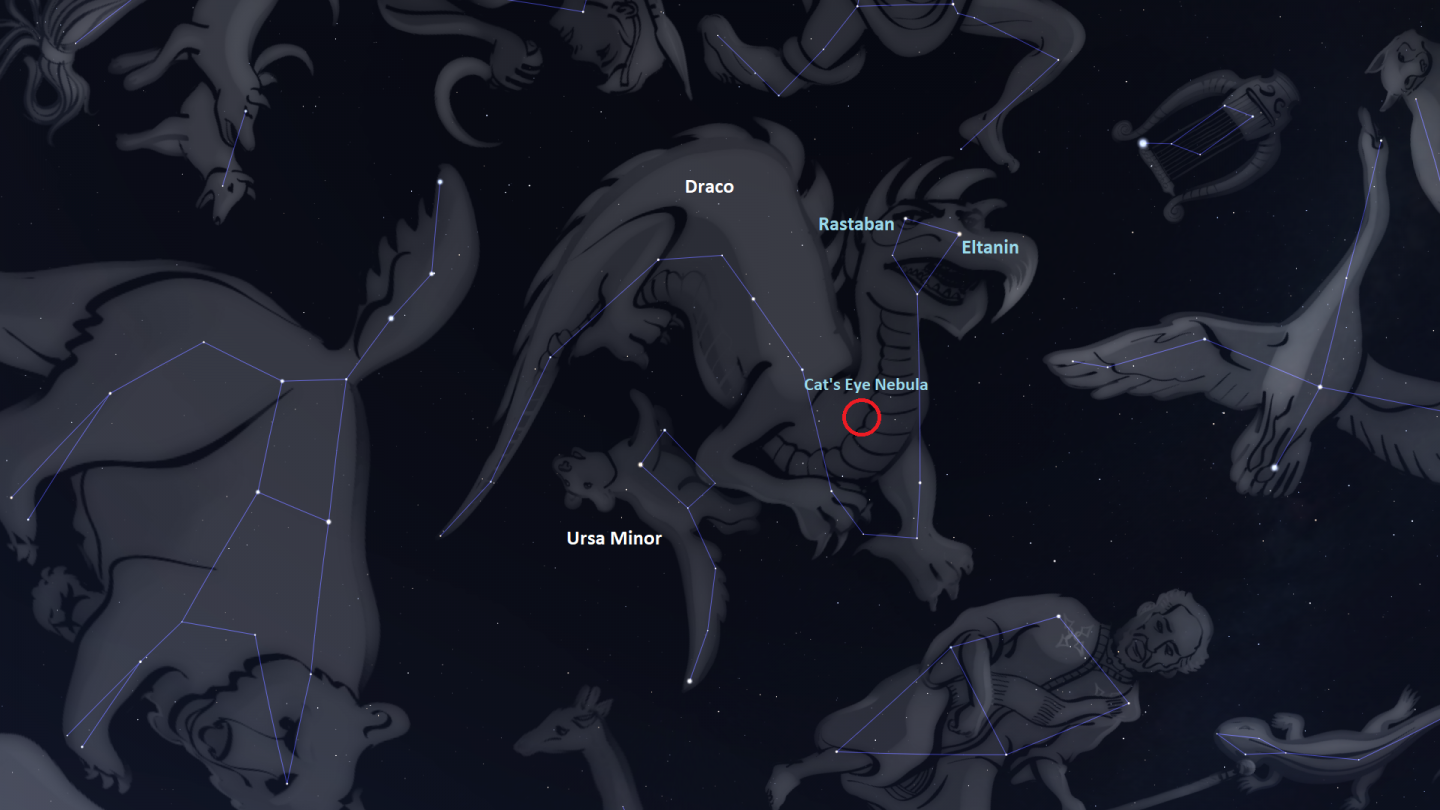
With the sky never reaching full astronomical darkness you definitely want to spend your time looking high overhead for the best chance of spotting anything. See if you can find Draco, the dragon, with its body and tail coiling around Ursa Minor and its head facing towards Lyra and Cygnus. The two bright stars of Rastaban and Eltanin are the dragon’s eyes and are very close to the bright star Vega.
Rastaban is a yellow-white coloured bright giant or supergiant star, almost 1,000 times as luminous as our Sun! Eltanin appears similarly very bright, but much more orange in colour. At various points in history six stars have been thought to be companions to Eltanin, but further observations have ruled all but one out. Rastaban is a double-star system, but with the two stars being separated by a mere thousandth of a degree you will need an extremely good telescope to resolve them. If you do have a good telescope, perhaps a prettier target would be the famous Cat’s Eye nebula, nestled in the loops of the dragon.
10 June - Partial solar eclipse
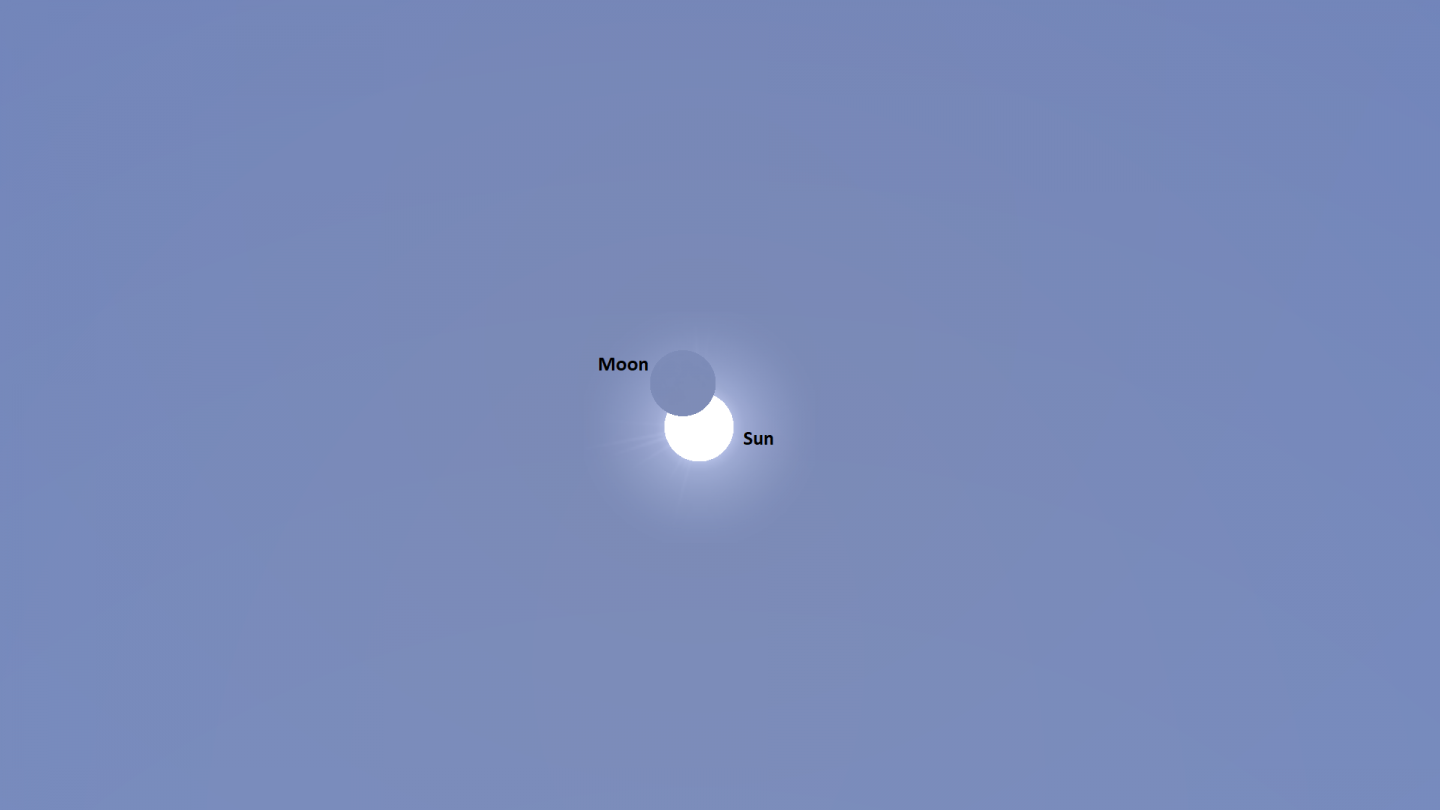
A very special event is on the cards on the 10th June: a solar eclipse, specifically an annular solar eclipse. A solar eclipse occurs when the Moon passes directly between the Sun and the Earth, blocking the Sun’s rays for a short amount of time. There are several different types of eclipse: total, partial, and annular. A total solar eclipse occurs when the Moon totally blocks the Sun for some part of the Earth, a partial eclipse occurs when only part of the Sun is blocked, but the meaning of ‘annular eclipse’ maybe isn’t quite so obvious. In this case, the Moon does not completely block the Sun but instead there is a thin ring or annulus of light visible around the Moon – sometimes called ‘the ring of fire’. The annular eclipse will only be visible for those living in a ring around the Arctic Circle, but those living in the northern part of the Northern Hemisphere will still get to see a partial solar eclipse, including those living in the UK.
Maximum obscuration of the Sun will occur sometime between 11:10am and 11:25am, with between 20 and 49% of the Sun being obscured depending on where in the UK you are – the further north-west, the better your eclipse. First contact between the Moon and the Sun will occur at around 10am BST for London, with the point of greatest partial eclipse occurring at 11:13am BST. If you’re in London, only about 20% of the Sun will be obscured, so even if it’s a clear day you won’t notice a large change. No matter where you are, do not look directly at the Sun to see the eclipse, not even with sunglasses as you will damage your eyes. Instead, we recommend using the pinhole projection method as shown above, which requires only a piece of cardboard and a sheet of white paper. You can also watch our solar eclipse live stream and hear our astronomers talk about eclipses.
21 June - The summer solstice
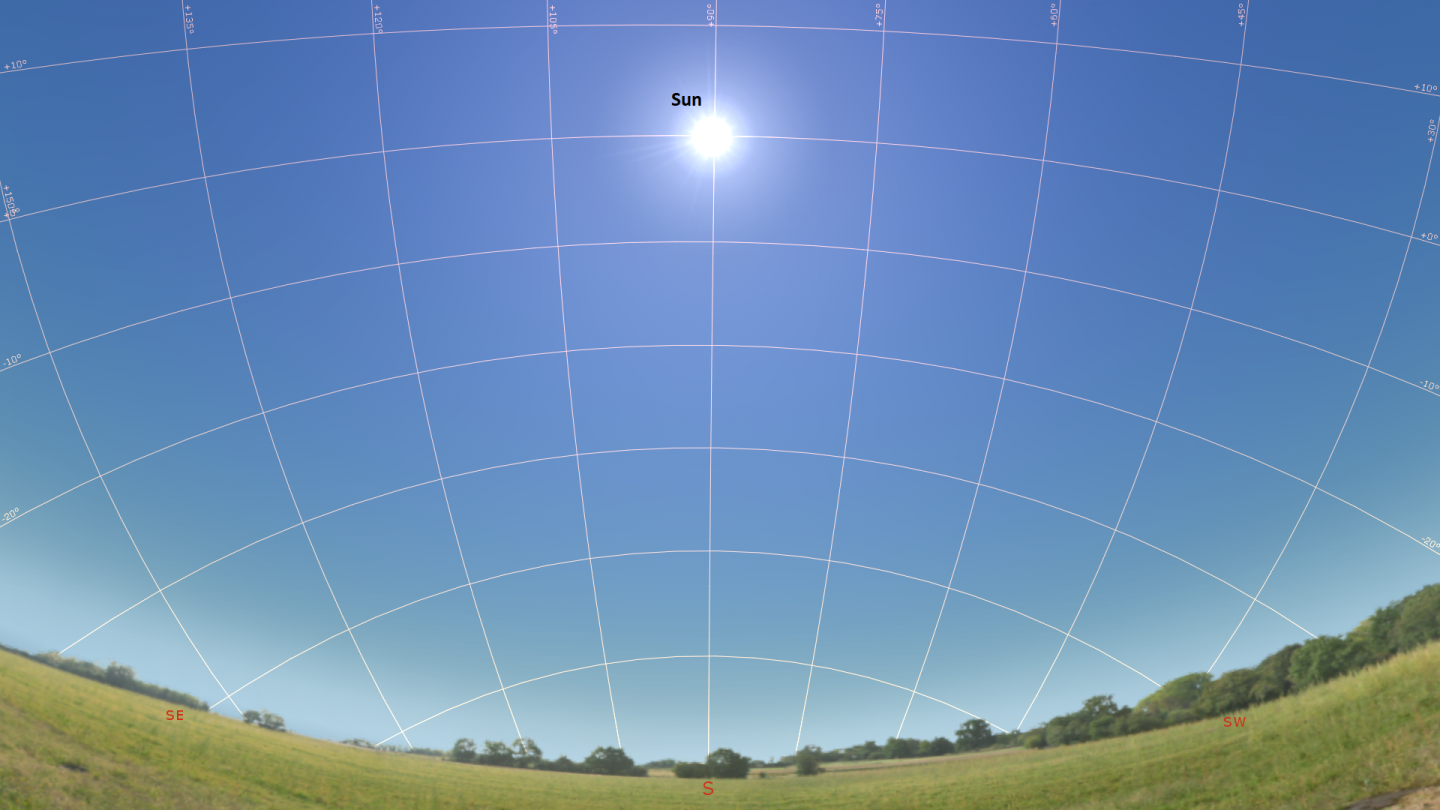
Astronomically speaking, Northern Hemisphere summer begins this month on the 21st of June as we hit the summer solstice. Interestingly enough, the summer solstice doesn’t actually have the earliest sunrise and latest sunset times of the year – those occur on the 17th and 25th June respectively – but it is the longest day of the year. On this day, London will have over 16 and a half hours of daylight. Compare this to the southern-most capital city in Australia, Hobart (Tasmania). People in Hobart will only get around 9 hours of daylight on the 21st, or about 54% of the daylight hours we will get in London.
24 June - Strawberry full moon

This month the full moon is called the Strawberry Moon and falls on the 24th June. To see it you will need an excellent view of the southern horizon, as it will not rise until about 9:30pm and at its highest point (around 1:00am) the Moon will only be about 13 degrees above the horizon. Planets will be hard to spot this month due to the long days, but if you’ve got a good view of the north-western horizon you might just be able to spot Mars and Venus as they set just after the Sun – please do be careful of your eyes though!
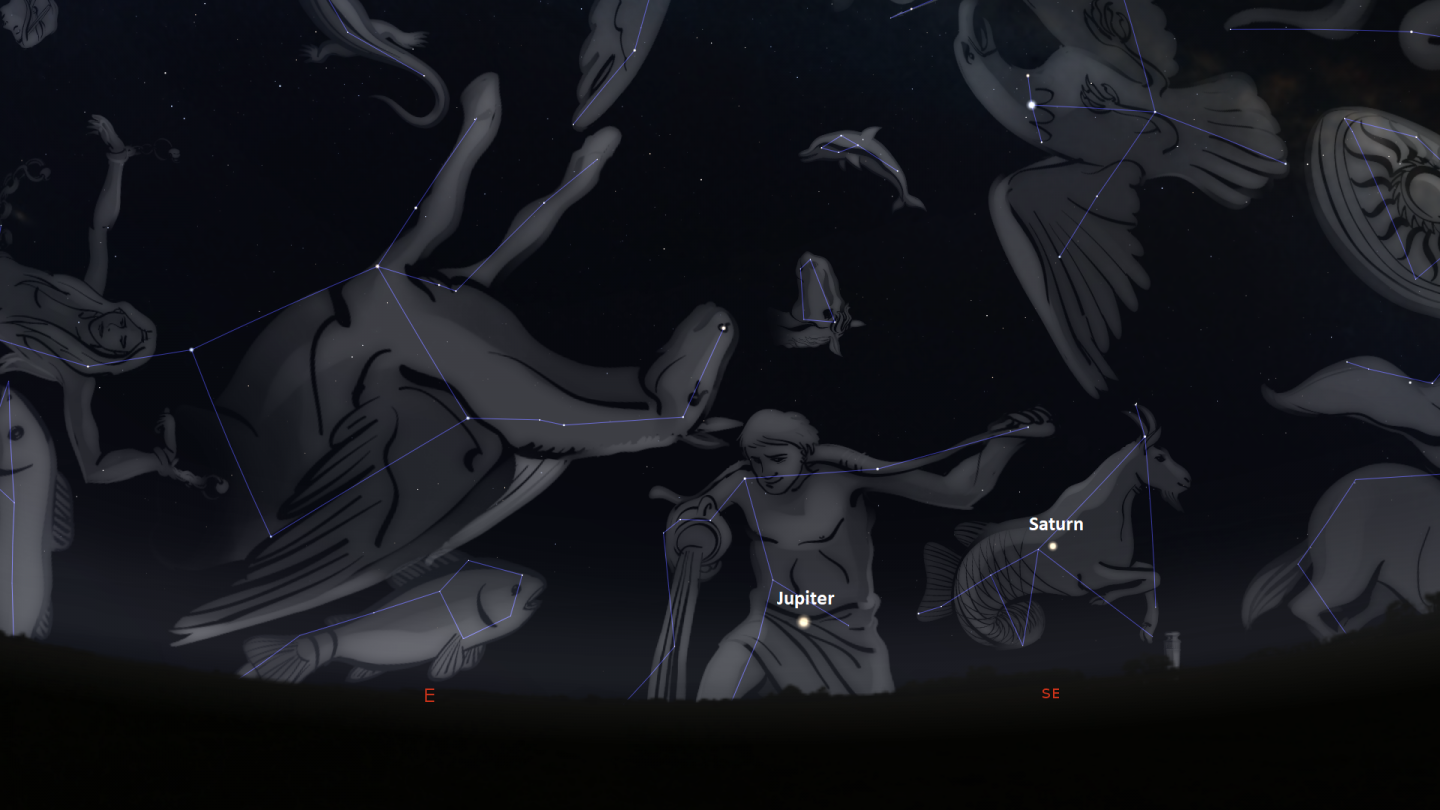
If you’re willing to stay up until the wee hours of the morning, then you can also set your sights on Jupiter and Saturn in the south-east. Early in the month Saturn will be rising at about 1am with Jupiter following around 45 minutes later, but towards the end of the month you’ll only have to stay up until midnight to catch a glimpse of the gas giants.
Southern Hemisphere throughout the month - Dandelion Puffball Nebula

As winter is coming in for the Southern Hemisphere there are plenty of targets for both naked-eye and telescopic observing throughout this month. Look towards the east-north-east around 8pm, not too far above the horizon, and see if you can spot the bright white star Altair. Altair is one of the closest stars to us, being only 16.7 light years away, and is part of the constellation of Aquila, the eagle. Pivot so you are facing east-south-east, and at around the same altitude you can see the planet Saturn, sitting in the constellation of Capricornus. Those with telescopes should also take advantage of the darker nights to find NGC 6751, the Dandelion Puffball Nebula, which can be found just above the top of Aquila, a little to the east of the red-coloured carbon star V Aquila.
Learn more about the night sky
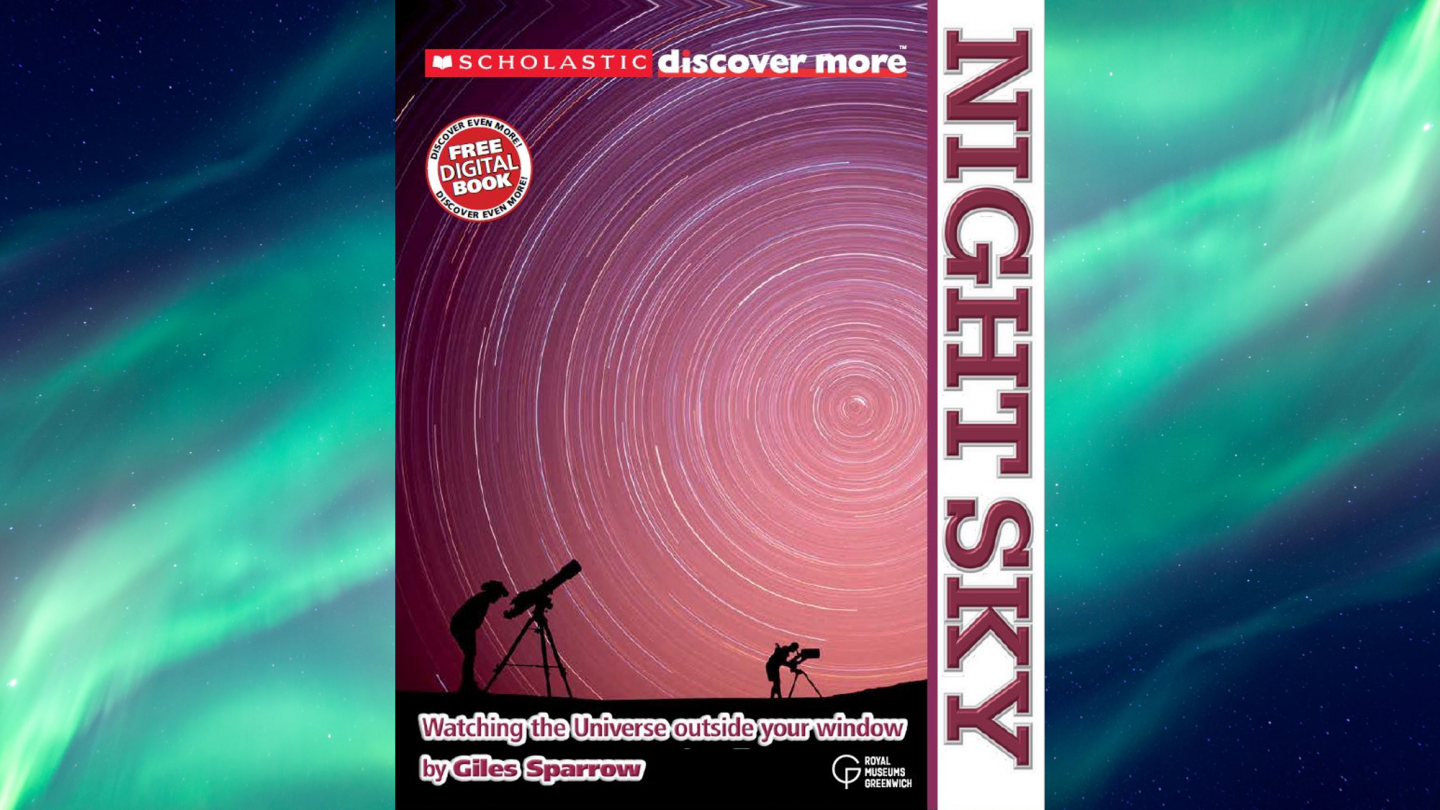
Special offer for secondary schools
Exclusive Royal Museums Greenwich publication Night Sky, for KS 4/5, is a spectacular guide to the night sky and an introduction to stargazing for young astronomers.
Discover all the major constellations and their highlights and history. Explore other worlds above your head, from our neighbours the planets to galaxies far from our own. Find out how what you can see from your window reveals the secrets of our incredible Universe.
The Royal Observatory Greenwich are offering copies to secondary schools at a discounted rate of £3 per copy. If this is of interest, please contact publishing@rmg.co.uk for more information.
The Moon's phases this month
- 2 June: last quarter moon (8:24am)
- 10 June: new moon (11:53am)
- 18 June: first quarter moon (4:54am)
- 24 June: full moon (7:40pm)
'Crescent Moon During the Day © Rafael Ruiz' was one of the shortlisted images from the 2019 Insight Investment Astronomy Photographer of the Year competition. See the winning pictures from Insight Investment Astronomy Photographer of the Year 2020
Stargazing Tips
- When looking at faint objects such as stars, nebulae, the Milky Way and other galaxies it is important to allow your eyes to adapt to the dark – so that you can achieve better night vision.
- Allow 15 minutes for your eyes to become sensitive in the dark and remember not to look at your mobile phone or any other bright device when stargazing.
- If you're using a star app on your phone, switch on the red night vision mode.
- Need a stargazing telescope or binoculars? Check out our range of high quality observing equipment recommended by Royal Observatory Greenwich astronomers.
See our range of observing equipment
Share your pictures
This month's banner image is 'Broken Mirror' taken by Seyed Mohammad Mousavi Nadoosan and it is one of the shortlisted images from the Insight Investment Astronomy Photographer of the Year competition 2020.
Would you like the chance to have your image of the night sky used for our banner image? If so, share your photos via our Royal Observatory Astrophotography Facebook group.
You can also connect with us on Twitter: @ROGAstronomers
Subscribe to our YouTube channel and join us on a journey through time and space as we explore our Universe
Planetarium shows
Join us for live planetarium shows presented by astronomers from the Royal Observatory Greenwich
Observatory Online
In our Observatory Online video series, posted on our Twitter and YouTube accounts, our astronomers explore different topics in Astronomy and Space Exploration. Each week we’ll also show you what’s up in the night sky for that week, so keep an eye on our Twitter account.
Resources for teachers and students
The Royal Observatory Greenwich's learning team has also created:
- Free animated videos that answer the biggest questions in astronomy and free resources to go alongside them.
- A whole host of podcasts featuring interviews with real space scientists, astronauts and active researchers working in UK universities.
- A 'learning at home' hub which contains a suite of resources for you to use at home.


